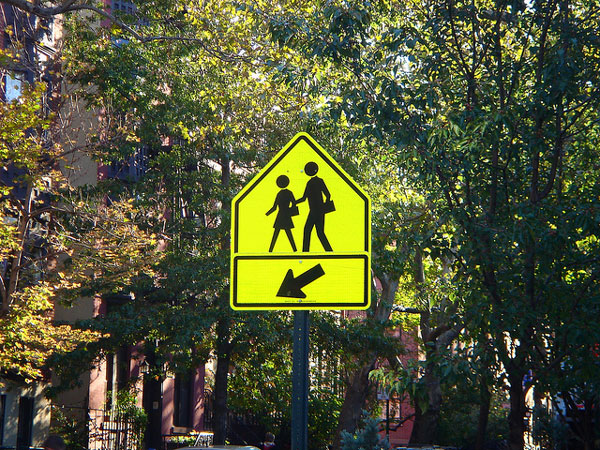Researchers from the University of Michigan and Brigham Young University claim to have a solution. Reporter Justin Scuiletti, who
covered this research for The Rundown on PBS NewsHour, notes that the researchers' solution sounds “like a quote taken out of a pitch meeting run by action director Michael Bay.”

